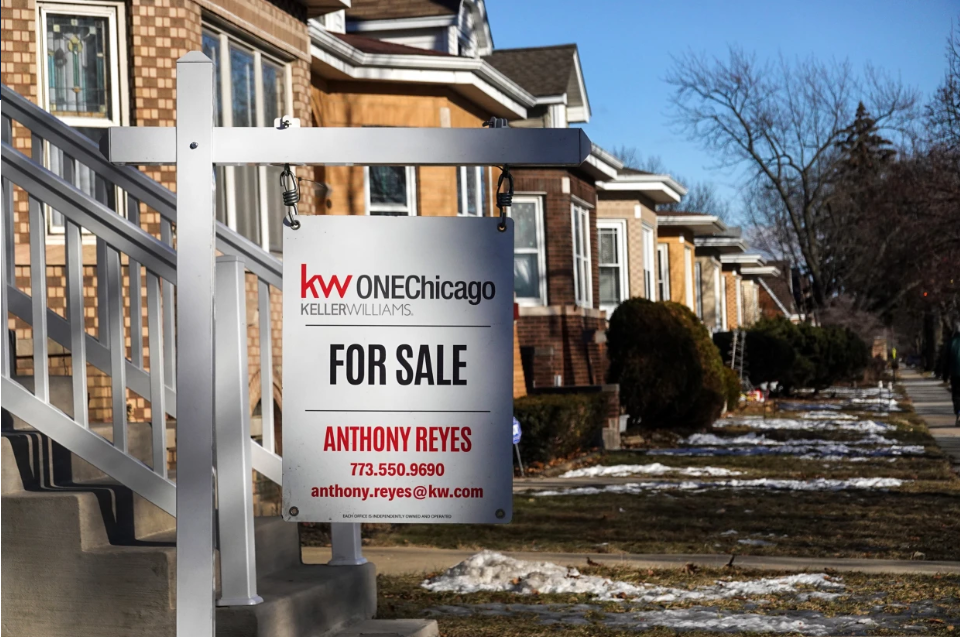For decades, the process of buying and selling a home in the United States followed a familiar pattern: sellers typically paid a commission of 5% to 6% of the home’s sale price, split between the buyer’s and seller’s agents, NPR reports.
But as home prices have climbed, so have those fees — leading to increasing dissatisfaction among consumers and growing interest in alternative business models.
A recent shift in industry rules, prompted by a landmark legal settlement, may now reshape how real estate agents are compensated and open the door for new types of brokerages.
In 2023, a group of home sellers in Missouri brought a lawsuit against the National Association of Realtors (NAR), alleging that the organization’s rules forced sellers to pay inflated commissions. The case led to a $418 million settlement and several rule changes aimed at increasing transparency and flexibility in agent compensation.
Under the new guidelines, real estate agents must clearly inform clients that their fees are negotiable. Buyers must sign agreements outlining how their agents will be paid, and offers of agent compensation can no longer be posted on the multiple listing services (MLS), a key platform for home listings.
For buyers like Jim Xiao, a lawyer who recently purchased a home in Georgia, these changes are a welcome shift. Frustrated by what he saw as inflexible and excessive fees, Xiao sought out agents willing to work for a lower rate. He sold a condo using an agent who charged a 1.5% commission and bought a new home using a flat-fee arrangement — saving around $14,000 in the process.
New rules have created an opening for brokerages that offer flat-fee services, like ShopProp Realty, which operates in nine states. Rather than charging a percentage of the sale price, these companies offer fixed rates for services such as home listings or full representation.
ShopProp CEO Rob Luecke says his company’s approach is designed to give buyers and sellers more control.
“Home buyers and sellers almost feel like they’re trapped into using agents,” Luecke says. “We want to put the power back into their hands.”
In one high-profile case, ShopProp helped a client buy a $10.2 million home in Atherton, California. Instead of the typical 2.5% buyer’s agent fee — which would have amounted to around $255,000 — the buyer paid ShopProp a $7,995 flat fee and received a $247,000 rebate.
ShopProp’s model prioritizes volume over large individual commissions. While its full-service packages may include fewer in-person services, the company also offers higher-tier options for clients who want more support, including home staging and repair coordination.
Despite these emerging alternatives, many traditional agents argue that their commission-based structure reflects the depth of expertise and personal service they provide.
Leanne Liang, a Redfin agent in California’s East Bay, says local market knowledge is a crucial advantage.
“If you move half a mile away, it’s a totally different market,” she says. “Buyers can really benefit from agents who know those micro markets well.”
Liang acknowledges the competition from flat-fee brokerages but encourages buyers and sellers to interview multiple agents and evaluate the services offered. She also notes that in a challenging market, experienced agents often go beyond basic tasks to help secure a sale.
Although the rule changes are significant, their effect on real estate commissions has so far been modest. According to recent data from Redfin, the average buyer’s agent commission in early 2025 was 2.4%, slightly up from when the new rules took effect but lower than a year earlier. Among homes priced above $1 million, commissions dropped more noticeably — from 2.36% in early 2023 to 2.17% in early 2025.
Still, the full impact of the changes may take time to play out. While some consumers are beginning to seek out lower-cost options, others remain committed to traditional agents, especially in competitive or complex markets.
For Xiao, the experience was a positive one.
“I think it really takes all consumers being informed and having the confidence to say, ‘Hey, there are other options,'” he says.








The latest news in your social feeds
Subscribe to our social media platforms to stay tuned